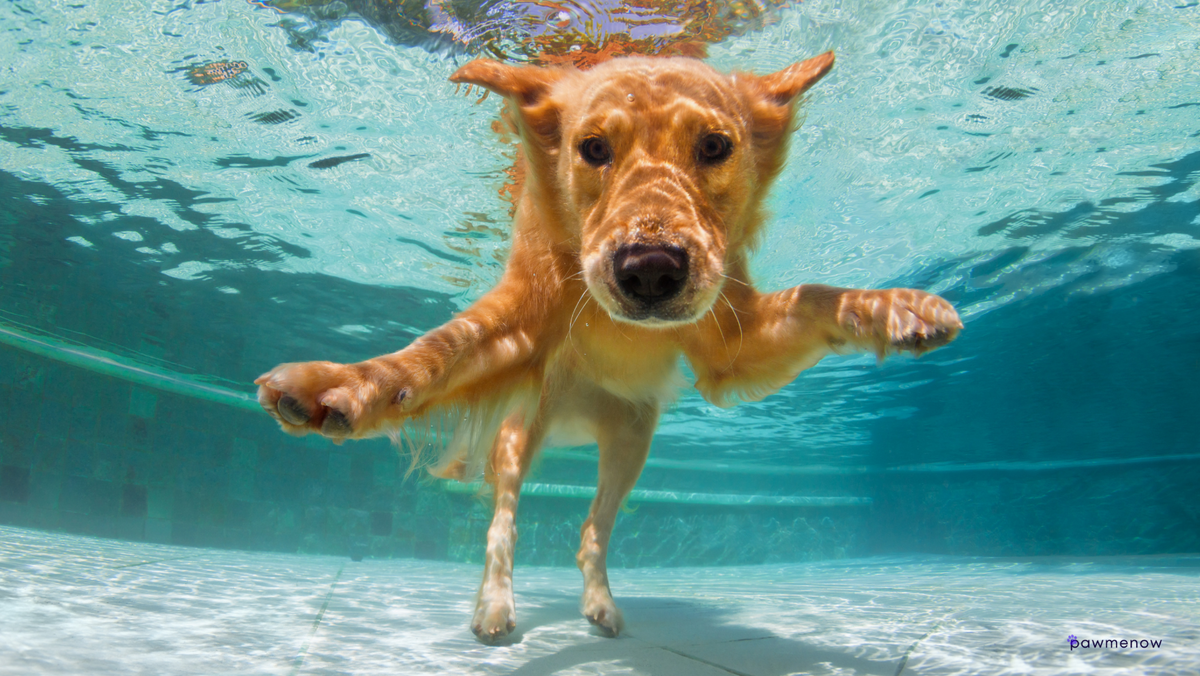How Deep Can Dogs Swim? Dogs' Natural Aquatic Abilities
Discover how deep can dogs swim and learn about their swimming abilities, including holding their breath underwater. Explore the natural instincts of dogs in the water! 🌊🐬

Dogs and water have an undeniable connection. From splashing in puddles to retrieving sticks from lakes, these four-legged companions seem to find joy in aquatic adventures.
But have you ever wondered just how deep dogs can swim? In this article, we will dive into the fascinating world of dogs' swimming abilities, exploring their capacity to hold their breath underwater and their natural instincts when submerged.
Additionally, we will address concerns about letting your furry friend swim in the ocean. So, let's unravel the aquatic prowess of our beloved canines!
Can a dog hold their breath underwater? 💦

While dogs possess remarkable swimming skills, holding their breath underwater for extended periods like humans do is not their forte. Unlike us, dogs do not have the physiological adaptations required to consciously control their breathing underwater. Instead, they rely on instinctual mechanisms to manage their respiration while swimming.
How deep can dogs swim?
The depth to which a dog can swim primarily depends on its breed, size, and swimming experience. Generally, most dogs can manage a comfortable swim at depths of around 5 to 10 feet. However, certain breeds, such as Labrador Retrievers and Newfoundland dogs, are renowned for their exceptional swimming abilities and can reach greater depths of up to 20 feet or more.
How long can a dog hold their breath underwater?
While dogs cannot intentionally hold their breath underwater, they do possess a natural ability to control their respiration to some extent. On average, a dog can hold its breath for about 30 seconds to 2 minutes when submerged.
How do dogs know to hold their breath underwater?

The innate reflex to hold their breath underwater is believed to be a result of a dog's mammalian diving reflex.
When a dog's face is submerged, sensory receptors in its nasal passages trigger a series of physiological responses, including a decrease in heart rate and redirection of blood flow to essential organs. These reflexes help conserve oxygen and facilitate their swimming abilities, enabling them to navigate underwater with relative ease.
Is it safe to let your dog swim in the ocean? 🌊

Swimming in the ocean can provide a thrilling experience for both you and your dog. However, it's crucial to consider certain factors to ensure their safety.
Strong currents, waves, and unpredictable tides pose potential risks, even for skilled canine swimmers. Always assess the conditions before allowing your dog to swim in the ocean, and keep a close eye on them to prevent exhaustion or any signs of distress.
Additionally, rinse your dog with fresh water after swimming in the ocean to remove salt and prevent skin irritation.
Overview 🌊
Dogs possess remarkable swimming abilities and can enjoy a refreshing dip in various water bodies. While they cannot hold their breath underwater like humans, their natural instincts and physiological adaptations make swimming an enjoyable activity for many breeds.
Remember to consider their individual capabilities, monitor their safety, and provide proper supervision during aquatic adventures. So, next time you head to the beach or a lakeside retreat, feel free to let your furry friend take a plunge and savor the joy of swimming alongside their human companions!
Related Posts:




Comments ()